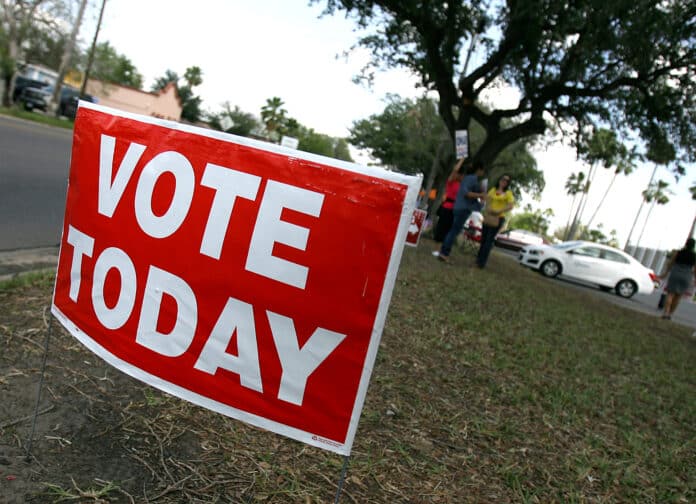
High voter turnout is credited with driving many of the changes that occurred in the November general election. One president was voted out of office and several congressional seats changed from one party to another. Most of those changes took place in closes races that might have gone the other way if voters of one party hadn’t gone to the polls with the same intensity as the other, showing the importance of each vote.
Let’s not make the enthusiasm voters exhibited last year to be an anomaly. Early voting ends today for the May 1 spring municipal elections, and all eligible voters are encouraged to cast their ballots.
Despite the praise and celebrations about the November vote totals, which were historic, they remained low compared to most other countries in the world. More than 158 million votes were cast, but they still represented just 66% of registered U.S. voters. Despite the high stakes and publicity, a third of those Americans who can vote didn’t participate in the election.
Worse, presidential elections traditionally bring out the most voters. Some local elections, like the current campaign, sometimes draw fewer than 10% of eligible voters. That means just a few interested citizens decide who fills our boards and commissions.
It shouldn’t be that way; in many ways, those local officials often have the greatest direct impact on our daily lives. They set local speed limits; they set both sales and property tax rates; they decide how that tax revenue is allocated; they make zoning decisions that can place unwanted businesses near schools or churches, or deprive certain neighborhoods of stores, parks or walking trails they have requested.
In addition to the election of officials, some local ballots also contain proposed charter amendments that could set term limits for officials or change the allocation of tax funds. Voters thus can have a direct say in how their community councils and commissions are composed and run.
Another incentive to greater electoral participation is the growing parity between the two major political parties in the Rio Grande Valley. This region has long been a safe haven for Democrats, but the Republican Party has narrowed the gap in recent elections.
Objective observers tend to consider the movement toward political equality as a good thing, as it makes the political minority stronger and helps ensure that their voices are heard. More important is the watchdog effect — vigilant opposition is generally considered to help keep officials honest. Many people have pointed to the Valley’s traditional one-party system as a reason why this area has become known as a den of corruption, where countless numbers of officials have been found to be abusing their positions and the public’s trust.
For many years a single party was so dominant that officials and candidates often ran unopposed in general elections, making party primaries the de facto final vote. Opposition gives voters a choice, and pressures officials to follow through on their campaign promises, lest the voters remember their deficiencies when they seek reelection.
Greater representation of each political party is no guarantee that Valley corruption will decline, but it does give the people greater options. Those options, however, are irrelevant if people don’t use them.
Those who haven’t voted should make their voices heard, and head to the polls this week.




